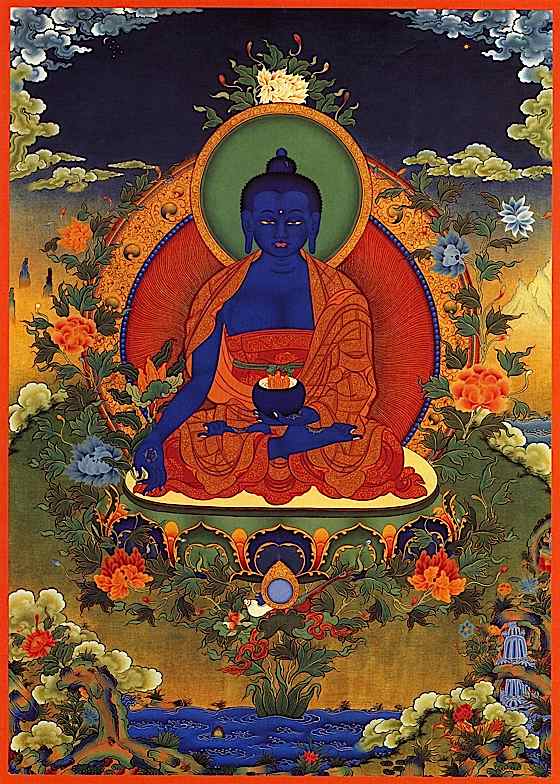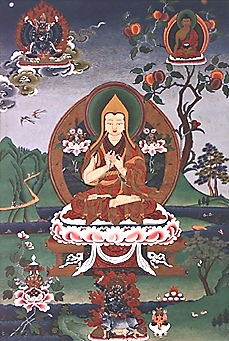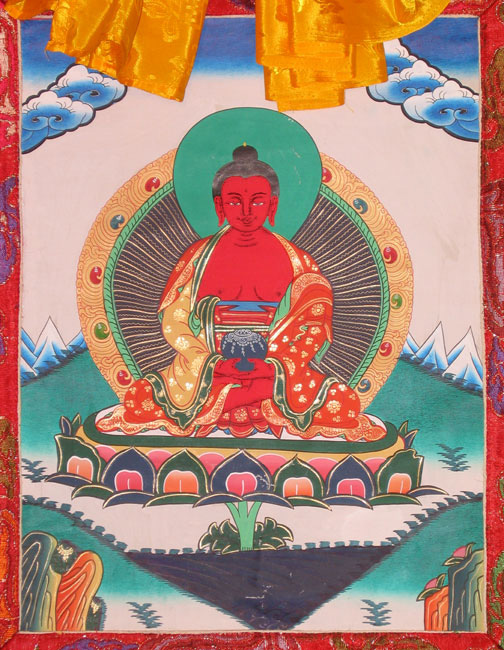The goal of Buddhism isn’t to see who can get to enlightenment the fastest, but you wouldn’t know that if you spent too much time online, as I do. I confess, I have been seduced (yes, I think that’s a good word for it) by the dazzle and glitter of Tantric practices, which are mostly out of my reach.
My current practice is pretty bare bones. I recite the Refuge prayer every morning, along with making offerings of water and incense, and flowers from the garden if they’re available. I don’t meditate as often as I should, but I’m doing it more than I used to. That’s pretty much it. No fancy rituals. No secret commitments. I’m fine with that. Buddhism isn’t a contest.





